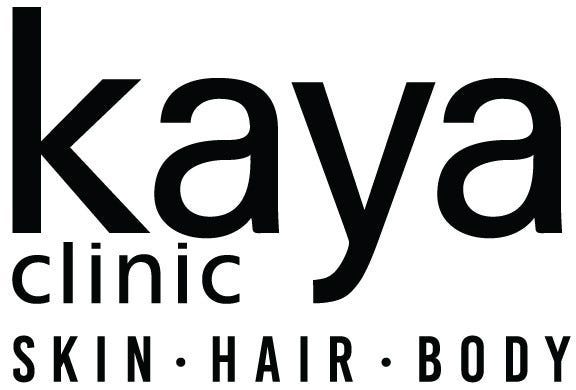While PRP therapy is generally safe, there are some potential risks to be aware of. Here’s a quick overview:
- Mild Pain or Discomfort: The injection process may cause temporary pain or discomfort at the treatment site.
- Swelling or Bruising: Some swelling or bruising can occur after the procedure, but it usually resolves quickly.
- Infection: Though rare, there’s a slight risk of infection, as with any injection-based procedure.
- Allergic Reaction: Minimal risk, as PRP uses your own blood, but reactions to additives (if used) are possible.
- Temporary Side Effects: Redness, warmth, or mild irritation in the treated area are common but short-lived.
- No Guaranteed Results: Not all patients respond to PRP therapy, and the results may vary.
- Multiple Sessions Needed: Some people may require several treatments to achieve desired results, which can increase costs.
- Not Suitable for Everyone: People with bleeding disorders, active infections, or certain medical conditions might not be eligible.
PRP therapy is generally low-risk, but it’s essential to consult a qualified healthcare provider to understand if it’s right for you!




